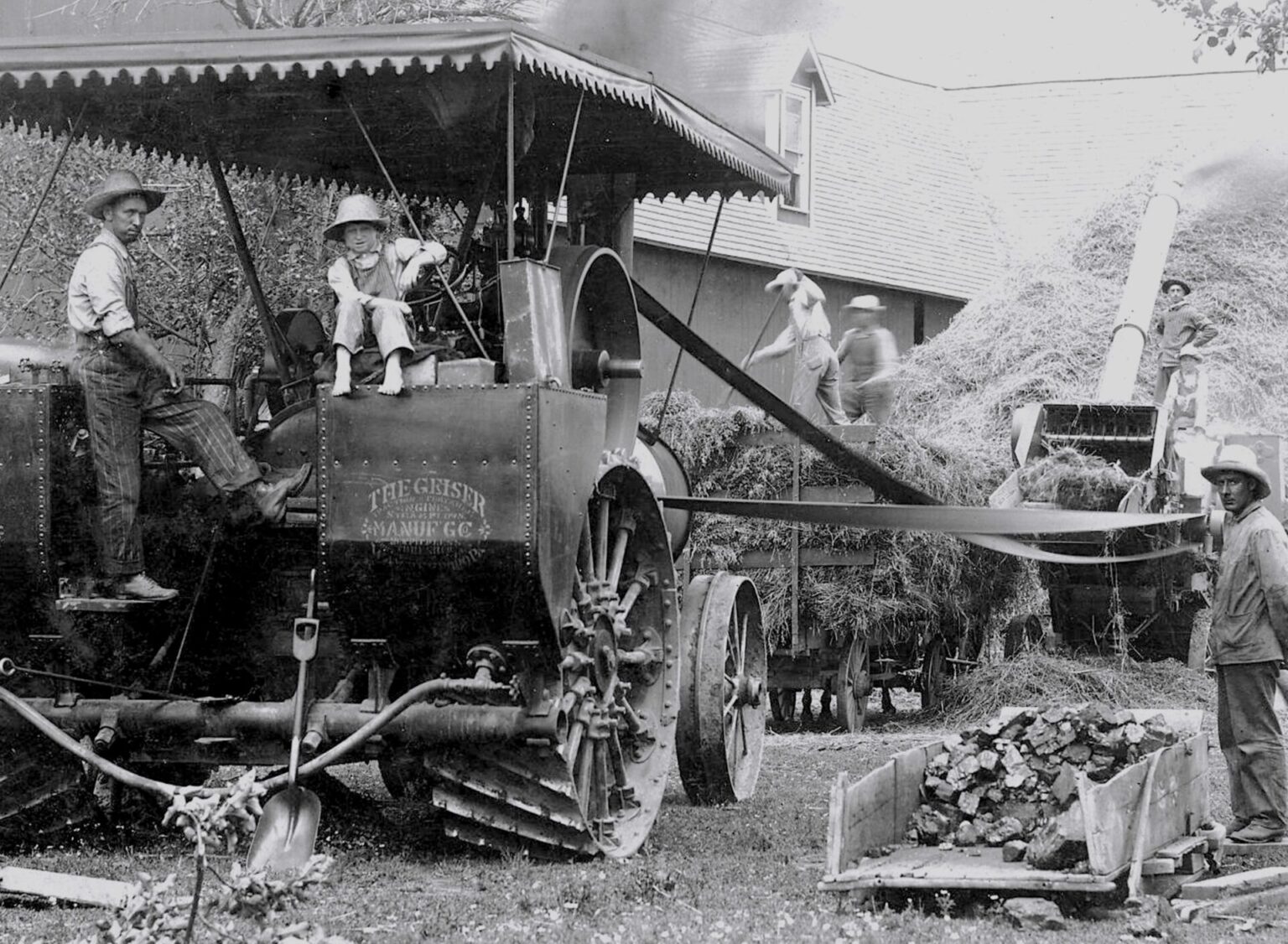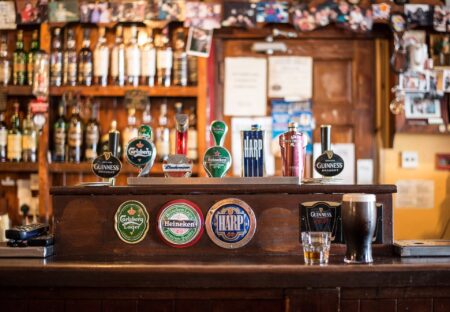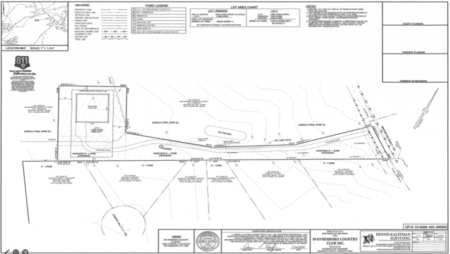During the 1800s, a local company emerged to become an industry giant. This success was influential throughout the Cumberland Valley and gained worldwide respect. In addition, a group of businessmen associated with this firm formed three additional enterprises, perfecting products sold around the globe. That original company and founding father of Waynesboro’s industry was the Geiser Manufacturing Company.
Then, during the 20th century, Geiser’s mammoth enterprise vanished.
The story of Geiser Manufacturing began at a Smithsburg family farm. The Geisers birthed 11 children, seven of whom were boys. Peter Geiser was the youngest son, born March 26, 1826. He showed an early mechanical aptitude. Peter’s brother Daniel was two years older and a natural businessman.
At age 8, Peter grabbed a pocket knife and began whittling soft wood into unique objects. Later, in his autobiography, Geiser said he wasn’t classically trained as a woodworker, or for a career in engineering, but honed his skills like a musician playing songs by ear. During his childhood, he carved sleighs and toy wagons. As a farmer’s son, Peter was also tasked with mundane agrarian duties. One particular chore annoyed him more than all the others.
After the harvest, farmers used an ancient method called tramping to start the grain-separating process. Using a horse to trample the grain, a farmhand rode in an endless circle to initiate the task. This chore often took six to eight weeks during cold winter months. Then, this smashed grain was fed into a crude windmill machine, and the resulting end product was considered ‘thrashed’. Peter Geiser hated this process and decided there had to be an easier and quicker way to complete that saddle-weary job.
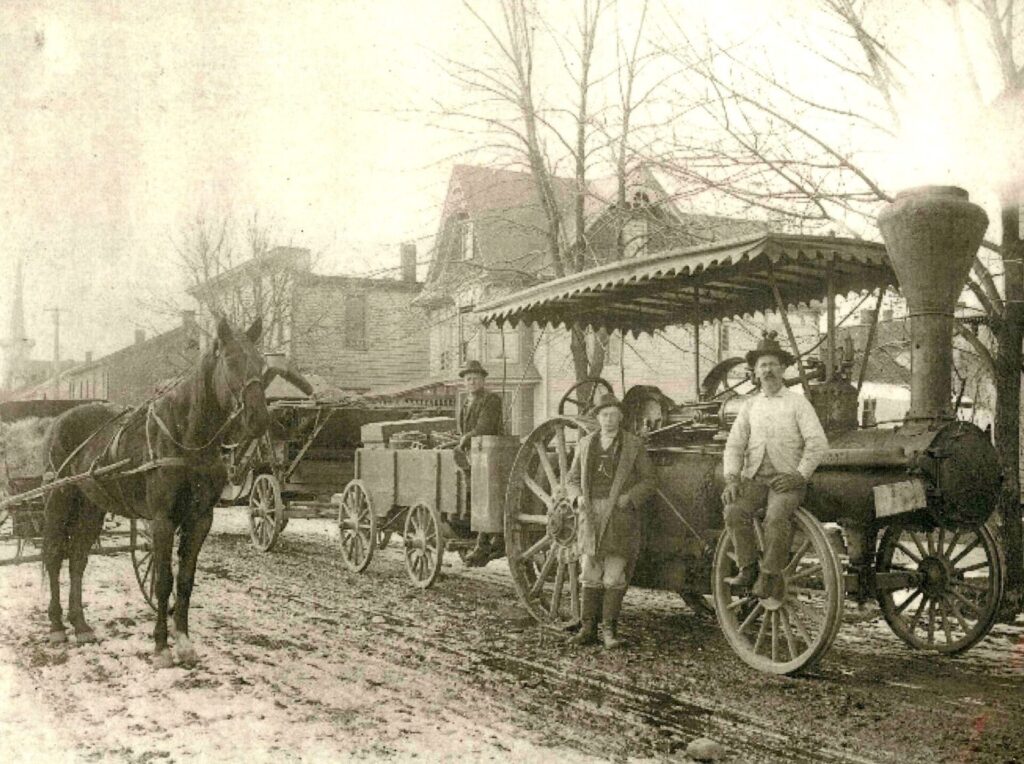
While still a teenager, Peter constructed grain cradles for the farm. His father recognized his potential and sent the youngster away as a carpenter’s apprentice. This contractor eventually took Peter to Williamsport to help build boats for the C&O Canal.
A few years later, the Geisers bought an adjoining farm, and Peter and his brother Daniel assumed control. The older Geiser sibling was more of a farmer, so Daniel ran the property’s daily operations. Peter used his inherent skills to repair and tinker with their farm equipment.
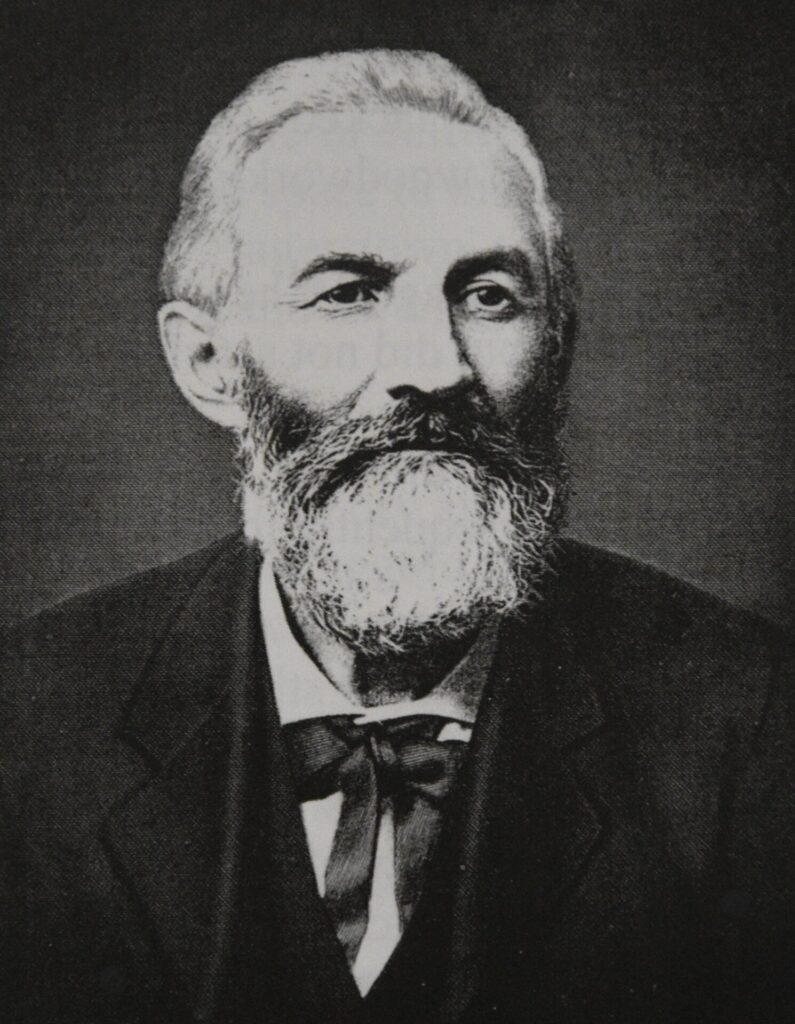
In 1850, Peter attempted to build a separator. An earlier inventor created a clumsy and inefficient model, and Peter wanted to perfect a newer machine. Two years later, Geiser earned a patent for a device that was a thresher, separator, cleaner and conveyor all in one. Peter was 26 years old. That achievement was the foundation for a future Geiser empire.
Soon, orders for Geiser’s separator/thresher were too numerous to fill alone. In 1858, Geiser partnered with George Frick, who owned a small foundry and machine shop, to help build his machines. Frick Company eventually became a world leader in refrigeration products.
Geiser’s farm equipment output continued to climb as sales amounted to $185,000 by 1868. Geiser Manufacturing was officially incorporated the next year. Peter was a major stockholder, and recognizing his brother’s business skills, Daniel Geiser was named its first president.
Soon after, the Geisers bought the Lancaster-based steam engine business owned by Frank and Abe Landis. Those two brothers had developed a “Peerless” portable steam engine, and that eventually became the brand name for all Geiser products. The Landis brothers joined the Geiser brothers and functioned for a brief period as a dynamic team.
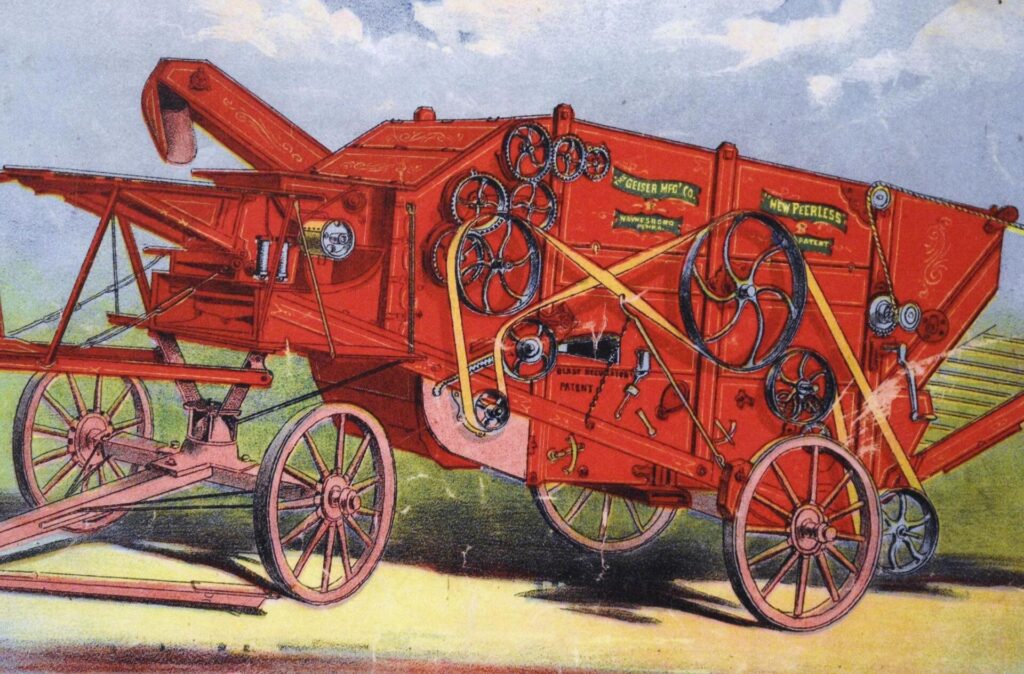
In April 1882, a fire destroyed the wooden Geiser plant. The owners were unfazed and rebuilt, creating a massive brick facility covering an entire city block. The Geisers also constructed a railroad spur to ease the transport of their goods. Later, during that tumultuous year, Daniel Geiser died on Nov. 16.

Under Peter Geiser’s steady leadership, the company continued its climb. The Landis brothers developed new products, but after some patent disputes and lawsuits, those siblings left Geiser to form two new companies, Landis Tool and Landis Machine. These firms became world leaders in cylindrical grinders and threading machines.
By 1900, after sustained growth and expansion, Geiser refined its product line of steam engines and threshers. The firm also produced other products, including hay presses, sawmills and tractors powered by gasoline engines.
From 1882 to 1912, Geiser Manufacturing enjoyed its boom years. During these 30 years of prominence, they employed 1,000 workers while continuously advancing their remarkable technologies. Their large steam-boiler tractors were affectionately known as Iron Mules. Geiser became the driving force in the industrial prosperity of Waynesboro and the surrounding area.
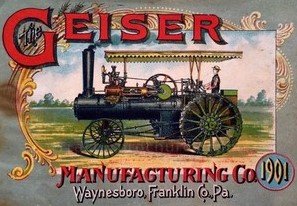
During this peak era, Geiser, Frick and Landis enterprises earned many patents. Combining many products that tied the area’s agricultural economy to the industrial age, Geiser seemed poised for future prosperity. The company exhibited its products at the 1904 World’s Fair in St. Louis.
After Peter Geiser died in 1901, local control of Geiser’s business fortunes changed. A larger company named Emerson-Brantingham acquired Geiser in 1912. Based in Rockford, Ill., this company was considered one of the first corporate conglomerates. Known locally as ‘EB’, they often bought other firms that made similar products.
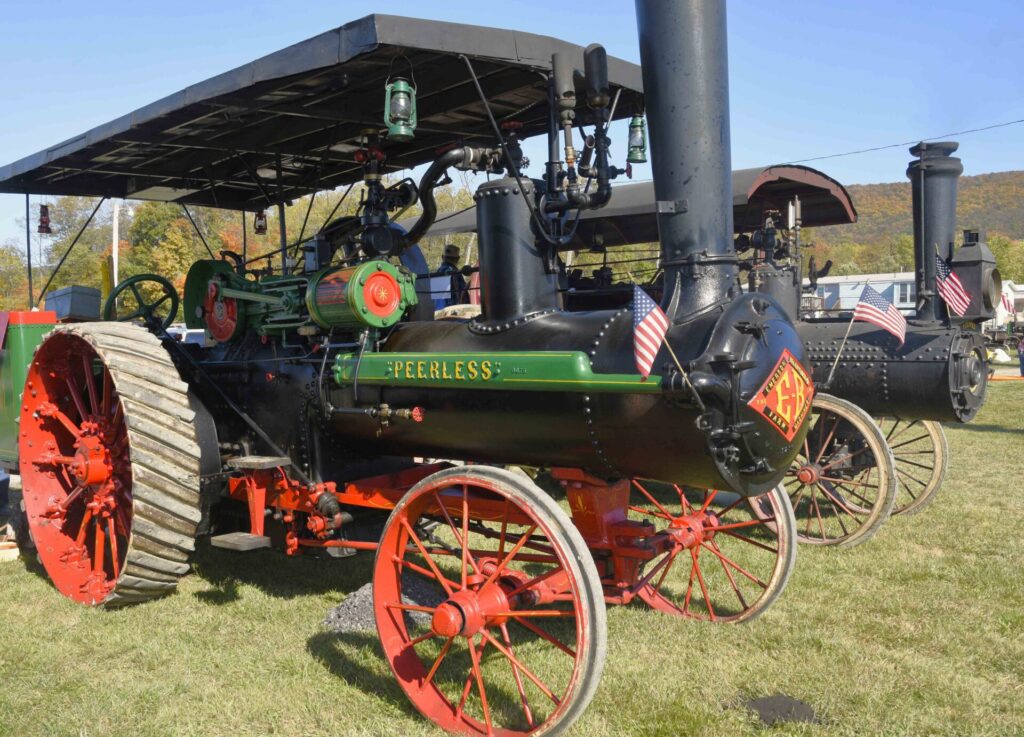
Business declined following World War I, and in 1920, EB consolidated all company operations back to Rockford. The former Geiser plant was sold to a business group comprised of Waynesboro, Shippensburg and Baltimore investors in 1925.
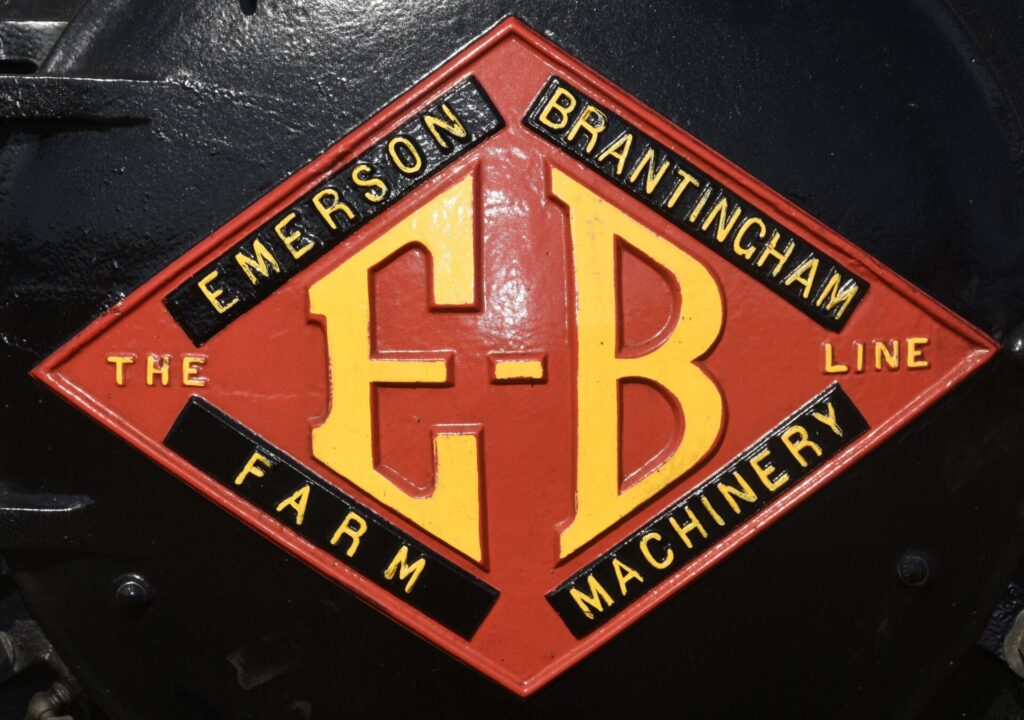
This new company, also called Geiser, brought hope of resurrecting the company’s former Waynesboro glory. One investor was Mark Landis, son of industrial icon Frank Landis. However, the operation never gained traction, and after the stock market crash in 1929, the latest Geiser enterprise teetered on the brink of failure. The end came in 1936 when the company filed for bankruptcy. This action ultimately forced Geiser’s entire assets to be sold in 1938.
The final tragic act of Geiser’s Waynesboro industrial story occurred on Aug. 24, 1940. A gigantic fire engulfed the vacant plant, supposedly caused by an ember from a welder’s torch during the removal of obsolete equipment. The fire was massive; people witnessed it from Tuscarora Mountain, 30 miles away. It was the most spectacular and devastating blaze in Waynesboro’s history. After the fire was finally extinguished, the Geiser plant was a smoldering ruin.
One tall smokestack survived, symbolic of Geiser’s resilience during its boom years. But the stack resembled the Leaning Tower of Pisa, so this landmark was deemed a safety hazard and demolished. The inferno wiped Geiser’s former industrial operations off the map. Today, only a few scattered buildings remain, which include an office building (now apartments) at the corner of Walnut and Second Streets.
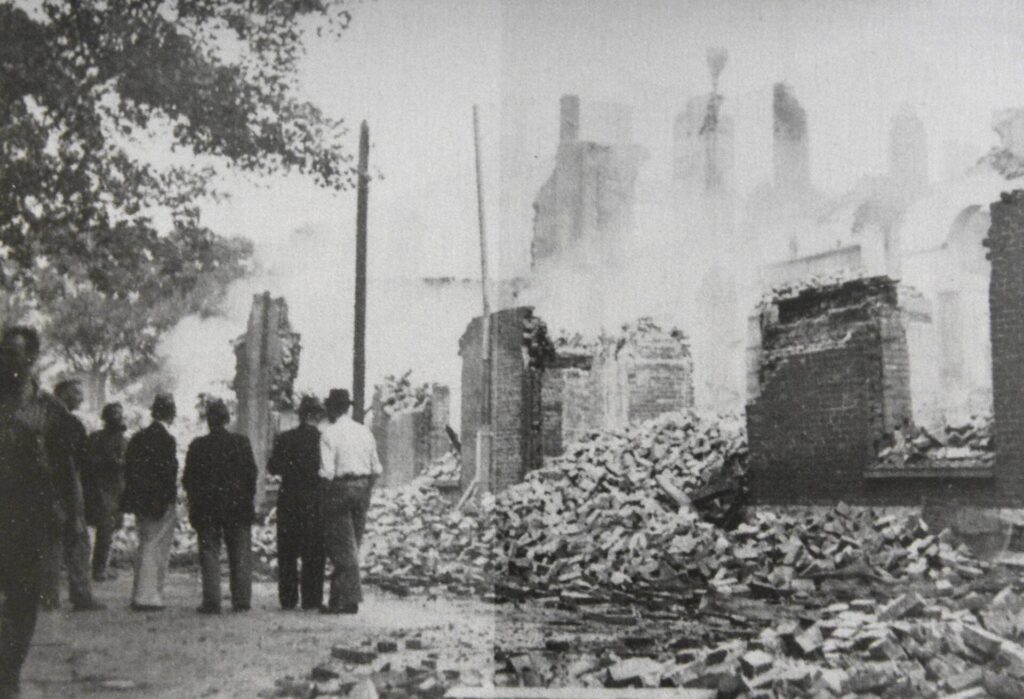
To some modern-day Waynesboro residents, Geiser is a phantom giant whose time in history has come and gone. However, Peter and Daniel Geiser’s talents were irreplaceable building blocks in the foundation of Waynesboro’s industrial heritage. When Geiser Manufactuering bought the Landis brother’s business, a transaction that brought them to Franklin County, the iconic Landis Machine and Landis Tool companies were an eventual result. Frick Company, a former Geiser partner, also gained tremendous recognition.
With the combined talents of the Geiser brothers and their partners, they helped catapult Waynesboro’s industry onto the world stage. Peter’s son, D. Singer Geiser, followed in his father’s footsteps, becoming a successful entrepreneur and inventor who earned 11 patents.
In 1973, the Geiser name became noteworthy again when Daniel’s granddaughter, Emma Geiser Nicodemus, died and bequeathed her farm estate to create Renfrew Park. With that generous contribution, the Geiser story came full circle — from farm to industry and back again to celebrate an agrarian and industrial legacy, as interlocked aspects of the area’s local history.
To learn more about Geiser’s history, a book titled “Geiser, A Waynesboro Industrial Icon’s History and Legacy,” was published by the Waynesboro Area Industrial Museum. Authored by Mike Rohrer, Bill Helfrick and Dave Thompson, this illustrated volume is available at the museum, located at 235 Philadelphia Avenue. Those interested may call 717-762-4460 to purchase the Geiser book or for information about museum hours and upcoming programs.



